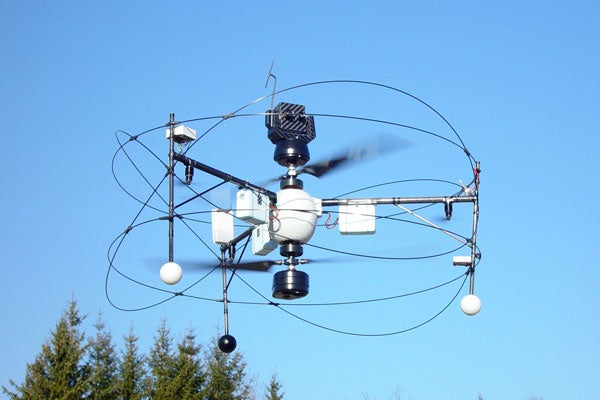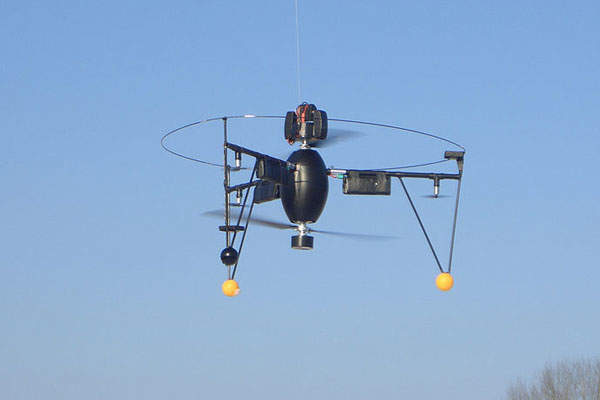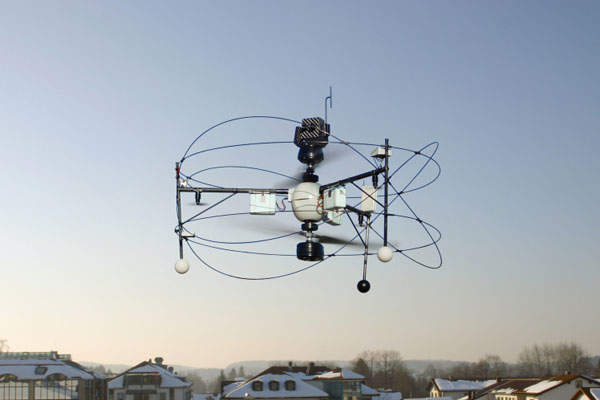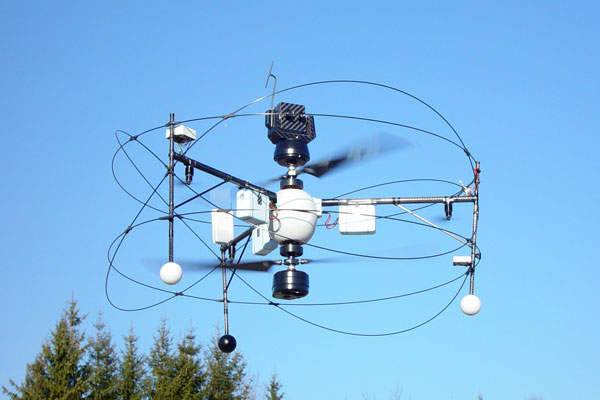
The Fancopter is a micro unmanned aerial vehicle (UAV) designed and manufactured by German company EMT Penzberg for the German armed forces. The UAV performs intelligence, surveillance and reconnaissance (ISR) operations in urban environments in all lighting conditions.
The vehicle has an endurance of up to 25 minutes and offers an observation time of approximately three hours while perching.
EMT Penzberg unveiled plans in November 2011 to manufacture its Fancopter reconnaissance and surveillance system and ALADIN mini aerial reconnaissance system in Malaysia.
Fancopter UAV orders and deliveries
EMT Penzberg delivered two preproduction systems of the FANCOPTER to the German armed forces by the end of 2007. The manufacturer secured an order from the German armed forces for an additional 19 Fancopter aerial reconnaissance systems in October 2008.
Drei Sohne Technologies (Deutschland), the Malaysian partner of EMT Penzberg, secured clearance from EMT Penzberg for the maintenance, repair and overhaul of Fancopter micro UAVs.
Related project
Barracuda Demonstrator Unmanned Aerial Vehicle, Germany
The Barracuda demonstrator unmanned air vehicle has been developed by EADS Military Air Systems in Germany and Spain, with an industrial team of about 30 aerospace companies and specialised suppliers.
EMT Penzberg delivered radioactivity sensors to the Federal Office for Radiation Protection and the Federal Police in November 2012 for use in EMT’s UAV systems in civilian protection applications.
Design and features of the Fancopter UAV
The Fancopter micro UAV is easy to use and the entire mission system can be carried in one backpack. The vehicle’s patented configuration ensures low noise emission and allows precise control over the UAV. The UAV has a robust structure and can perform operations at high flight speeds even against high winds. It can conduct ISR operations in open air and buildings.
The UAV has a height of 44cm, diameter of 73cm, and a wing span of 0.6m. The take-off weight of the aerial system is 3.3lb.
The UAV features two counter-rotating main rotors, three small rotors, and three landing legs. The propulsion is provided by electric motors.
Navigation of the UAV system
The Fancopter reconnaissance and surveillance system is incorporated with automatic vertical takeoff and landing (AVTOL) capability. Its navigation equipment include a fully digital autopilot with rate gyros, acceleration sensors and magnetometer, altitude sensors, temperature sensors, GPS and optical flow sensor.
A single operator can control the UAV’s flight programmes either manually from the ground control station or in partially autonomous and fully autonomous waypoint modes. Autonomous attitude stabilisation and collision avoidance features further enhance the UAV’s flight characteristics .
Fancopter UAV payloads
The Fancopter micro UAV features high payload capability to collect reconnaissance data including video images, still pictures and GPS coordinates. The modular payload can be easily reconfigured to meet future requirements.
The UAV is equipped with day reconnaissance sensors including colour video CCD camera with wide-angle lens and CCD colour video camera with tele-lens. Each two-axis tiltable camera provides a full PAL resolution video of 752px x 582px.
The reconnaissance data in low light is captured using night reconnaissance sensors including two-axis tilt-able infrared (IR) video camera of 384px x 288px and near-IR CCD camera of 752px x 582px with infrared (IR) illumination.
The Fancopter can be additionally fitted with a two-axis tiltable high resolution still camera and a zoom video camera. Other optional systems include chemical sensors, zoom video camera, radioactivity sensors and microphones.
Ground control station
The Fancopter air vehicle is controlled by a compact ground control unit with a built-in video monitor. The data captured by the UAV is recorded in digital form in the ground control station. Other users can access the information through a number of interfaces.
The micro UAV is connected to the control computer through a radio transmission data link for video-transmission and control. It can also be connected with an optical fibre data link to perform special missions.
The video images recorded by the Fancopter ISR system are transmitted in real time to a maximum distance of more than 1km. The system can be monitored by a second observer using an additional monitor or optional video goggles.






.gif)
